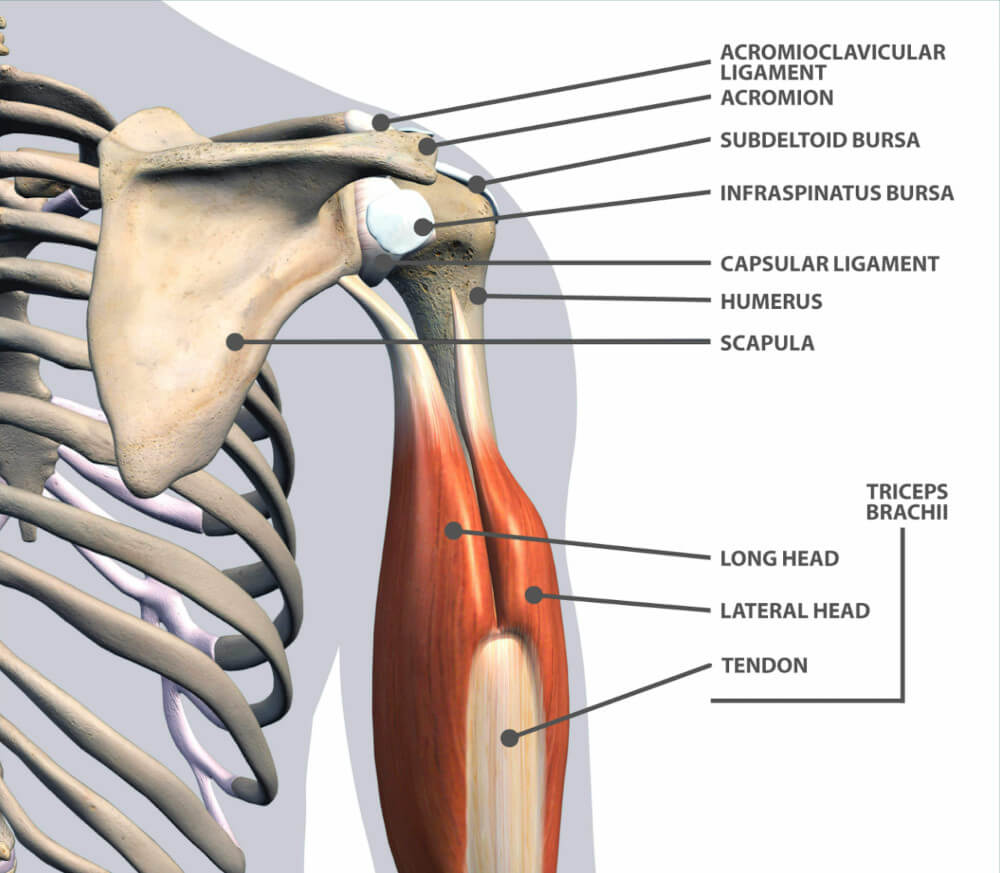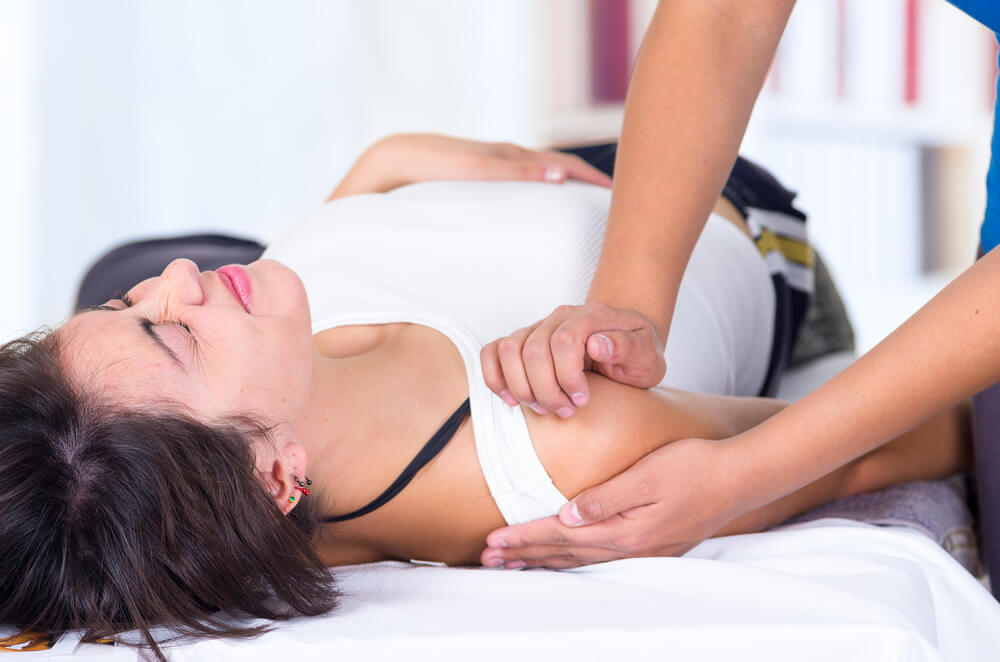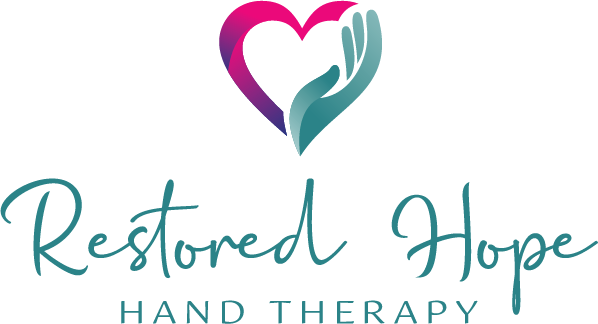What is a Shoulder Dislocation?
A shoulder dislocation occurs when the upper arm bone (humerus) pops out of the shoulder socket (glenoid). This displacement disrupts the normal alignment of the shoulder joint and can result in significant pain, swelling, and loss of function. The shoulder is one of the body’s most mobile joints, allowing for a wide range of motion, but this flexibility also makes it more prone to dislocations.
If you have a question about whether your condition should be treated by one of our hand therapists, call Restored Hope Hand Therapy at (928) 275-2201.
Shoulder Dislocation vs Separation
Anatomy of the Shoulder Joint

Causes of Shoulder Dislocation
Shoulder dislocations often result from trauma or injury, such as:
- Direct Impact: A forceful blow to the shoulder, such as during a fall or a collision, can cause the humerus to dislocate.
- Falls: Landing on an outstretched arm during a fall can lead to a dislocated shoulder.
- Sports Injuries: Athletes, especially those engaged in contact sports or activities with a high risk of falls, are more susceptible to shoulder dislocations.
- Repetitive Strain: Overuse of the shoulder joint, especially in activities involving overhead motion, can contribute to instability and an increased risk of dislocation.
- Congenital Factors: Some individuals may be predisposed to shoulder instability due to congenital conditions or laxity in the ligaments.
Types of Shoulder Dislocations
There are different types of shoulder dislocations, and the direction in which the humerus dislocates determines the classification:
- Anterior Dislocation: This is the most common type, occurring when the humerus dislocates forward, out of the front of the shoulder joint.
- Posterior Dislocation: The humerus dislocates backward, toward the back of the shoulder.
- Inferior Dislocation (Luxatio Erecta): A rare type where the humerus dislocates downward, often resulting from a significant force or trauma.

Symptoms & Diagnosis
The symptoms of a shoulder dislocation are often distinctive and may include:
- Intense Pain: The individual typically experiences sudden and severe pain in the shoulder.
- Swelling and Bruising: The affected shoulder may become swollen and bruised due to the trauma.
- Limited Range of Motion: The ability to move the arm is significantly restricted, and attempting to do so can exacerbate the pain.
- Visible Deformity: In some cases, a noticeable deformity or bulge may be visible in the shoulder area, indicating the dislocation.
A healthcare professional, usually an orthopedic specialist, will conduct a thorough physical examination and may order imaging tests such as X-rays or MRI to confirm the diagnosis and assess the extent of damage. The imaging helps determine if there are associated fractures, ligament tears, or other injuries that may complicate the treatment approach.
Treatment at Restored Hope
Here are some ways Restored Hope Hand Therapy may contribute to the treatment of a dislocated shoulder:
- Immobilization and Support: Provide or recommend supportive devices such as slings or braces to immobilize the shoulder during the initial healing phase. Educate the patient on the proper use of immobilization devices to prevent further injury.
- Pain Management: Use various therapeutic modalities, such as ice or heat therapy, to manage pain and reduce inflammation.
- Range of Motion Exercises: Gradually introduce passive and active range of motion exercises to prevent stiffness in the shoulder joint. Teach the patient how to perform these exercises at home to maintain flexibility.
- Strengthening Exercises: Prescribe strengthening exercises for the muscles around the shoulder joint to improve stability and prevent future dislocations. Tailor exercises to the individual’s specific needs and capabilities.
- Functional Activities: Integrate functional activities into the rehabilitation program to help the patient regain strength and coordination for daily tasks.
- Education and Home Exercise Program: Educate the patient on proper body mechanics and techniques to avoid re-injury. Develop a customized home exercise program to reinforce therapeutic interventions and facilitate ongoing recovery.
- Monitoring Progress: Regularly assess the patient’s progress and adjust the rehabilitation plan accordingly.
Schedule an Appointment Today
Don’t let shoulder pain or injury keep you in a bind. Reach out to Restored Hope Hand Therapy today and take a decisive step towards reclaiming your life from the clutches of shoulder pain. We are well-equipped to provide the support and professional guidance necessary for a successful rehabilitation journey. Call us today to schedule an appointment and embark on the path to recovery.
Shoulder Therapy Options
individualized-specific therapy programs to offer you the best possible results.
Shoulder
- Arthritis
- Avascular Necrosis (Osteonecrosis)
- Biceps Tendon Tear
- Breaks and Fractures
- Bursitis
- Chronic Shoulder Pain
- Dislocated Shoulder
- Frozen Shoulder
- Glenoid Labral Tear
- Rheumatoid Arthritis
- Rotator Cuff Injury
- Shoulder Separation
- SLAP Tear
- Strain & Sprains
- Swimmer’s Shoulder
- Tendonitis

